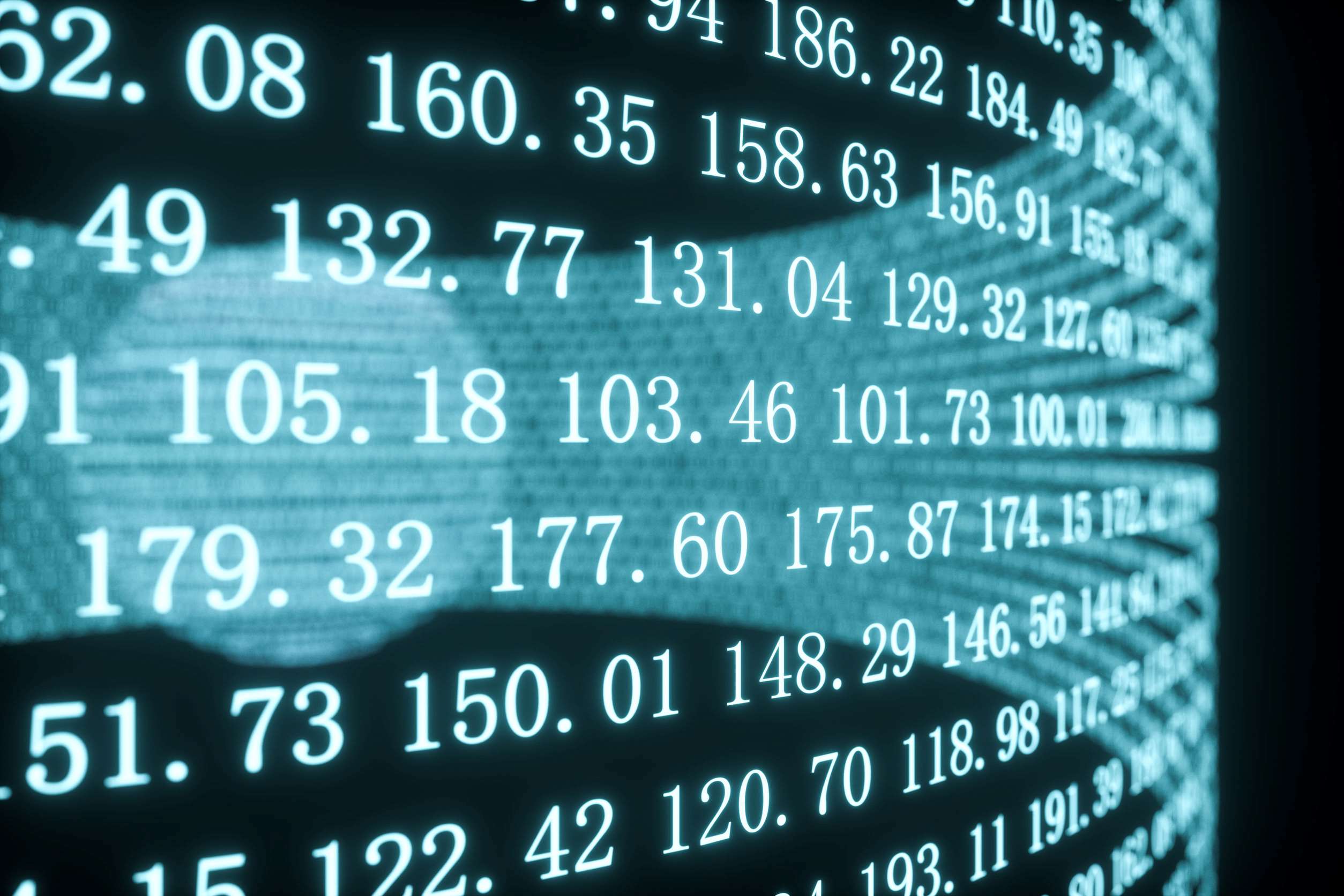
Decimals are an essential part of our everyday world, playing a crucial role in various aspects of our lives. Whether it’s calculating the cost of groceries, measuring ingredients for a recipe, or tracking financial transactions, decimals are everywhere. In mathematics, decimals are a way of expressing numbers that fall between whole numbers. They provide a more precise and accurate representation of quantities than whole numbers alone.
In this article, we will explore 15 fascinating facts about decimals that will not only broaden your understanding of this numerical system but also shed light on their practical applications in different fields. From their origins to their significance in real-life situations, these facts will not only be informative but also make you appreciate the importance of decimals in our modern world. So, let’s dive into the world of decimals and discover some intriguing facts along the way.
Key Takeaways:
- Decimals are a key part of math and real-life situations, helping us measure and compare things more accurately. They can be converted into fractions and percentages, making math more versatile and fun!
- Decimals are like superheroes in math, helping us solve real-world problems and make precise measurements. They’re used in finance, computer programming, and scientific research, making them essential for understanding the world around us.
Decimals are a fundamental concept in mathematics.
Decimals are a way to represent numbers that are less than or greater than a whole number. They are an essential part of our number system and are used in various real-life scenarios.
Decimals are represented by a decimal point.
The decimal point separates the whole number part from the fractional part in a decimal. For example, in the number 3.14159, the decimal point is located between the digit 3 and the digit 1.
Decimals can be converted into fractions.
Decimals can be expressed as fractions by placing the digits after the decimal point over the appropriate power of For instance, 0.5 can be written as 1/2, and 0.75 can be written as 3/4.
Decimals can be converted into percentages.
Decimals can also be expressed as percentages by multiplying them by For example, 0.75 is equivalent to 75%.
Decimals can be added, subtracted, multiplied, and divided.
Decimals follow the same mathematical operations as whole numbers. However, it’s important to keep track of the decimal point during calculations to ensure accurate results.
Decimals provide a precise way of measuring quantities.
Decimals are commonly used in measurements, such as length, weight, and volume. They allow for more accuracy when dealing with values that are not whole numbers.
Decimals can be rounded to a specific decimal place.
Rounding decimals involves adjusting the value to a requested decimal place, such as rounding 3.567 to 3.57 when rounding to the nearest hundredth.
The number of decimal places determines the precision of a decimal.
A decimal with more decimal places is more precise than a decimal with fewer decimal places. For example, 3.14159 is more precise than 3.14.
Decimals can be compared using greater than (>) and less than (
When comparing decimals, it is important to align them by place value and compare digit by digit, starting from the leftmost place value.
Decimals can repeat or terminate.
A decimal is said to repeat if a pattern of digits repeats infinitely. For example, 1/3 in decimal form is 0.3333… A decimal is said to terminate if it ends after a finite number of digits, such as 0.25.
Decimals can be approximated using scientific notation.
Scientific notation is a way to express very large or very small numbers using powers of It is especially useful when dealing with decimal values that involve many decimal places.
The concept of decimals can be traced back to ancient civilizations.
The ancient Egyptians and Babylonians used systems similar to decimals for calculations and measurements. However, the modern decimal system we use today originated in India during the Gupta period.
Decimals are widely used in financial calculations.
Decimals are essential in financial calculations, such as calculating interest rates, percentages, and representing currency values accurately.
Decimals are used in computer programming.
Computers rely on decimals to perform calculations, store data, and represent real-world values. Floating-point numbers are used to store decimal values with a variable number of decimal places.
Decimals play a crucial role in scientific measurements and calculations.
Scientists use decimals extensively in measurements, data analysis, and calculations to obtain precise and accurate results in various scientific fields.
Conclusion
In conclusion, decimals are a fundamental concept in mathematics that play a crucial role in our everyday lives. They allow us to express numbers more precisely than whole numbers, making calculations and comparisons more accurate. Understanding decimals is essential for various fields such as finance, science, and engineering.By knowing these 15 facts about decimals, you have gained valuable knowledge about their origin, properties, and applications. From understanding place value to converting fractions and percentages into decimals, you now have a solid foundation in decimal arithmetic.Remember, practice is key in mastering decimals. Keep honing your skills through problem-solving exercises, real-life applications, and interactive learning tools. With time and dedication, you will become more confident in working with decimals and be able to apply them to a wide range of mathematical scenarios.So embrace decimals as a powerful mathematical tool and continue to explore their intriguing world. Happy calculating!
FAQs
Q: What is a decimal?
A: A decimal is a numerical representation that includes a decimal point, separating the whole number part from the fractional part.
Q: How do decimals differ from whole numbers?
A: Decimals can represent values between whole numbers, allowing for more precise measurements and calculations.
Q: What is the significance of place value in decimals?
A: Place value determines the position and significance of each digit in a decimal number, affecting its overall value.
Q: How do you add or subtract decimals?
A: When adding or subtracting decimals, align the decimals vertically and perform the operation as you would with whole numbers.
Q: How do you multiply and divide decimals?
A: For multiplication, ignore the decimal point while performing the operation and place it in the final product’s appropriate position. For division, move the decimal point of the divisor and dividend to make the divisor a whole number, then perform the operation as usual.
Q: How can decimals be converted into fractions and vice versa?
A: To convert a decimal to a fraction, write the decimal as a fraction with its place value as the denominator. To convert a fraction to a decimal, divide the numerator by the denominator.
Q: Are there any real-life applications of decimals?
A: Decimals are used in various fields such as finance (calculating interest rates), science (measuring temperatures), and engineering (precise measurements).
Q: Can decimals be represented as percentages?
A: Yes, decimals can be converted into percentages by multiplying them by 100 and adding the percentage sign (%) at the end.
Q: Are there any shortcuts to simplify decimal calculations?
A: Rounding decimals can make calculations easier, but it may introduce slight inaccuracies. It’s important to carefully consider the level of precision required in each specific situation.
Q: How do decimals relate to ratios and proportions?
A: Decimals can be used to represent ratios and proportions, making them useful in solving various real-life problems involving comparisons and scaling.
Was this page helpful?
Our commitment to delivering trustworthy and engaging content is at the heart of what we do. Each fact on our site is contributed by real users like you, bringing a wealth of diverse insights and information. To ensure the highest standards of accuracy and reliability, our dedicated editors meticulously review each submission. This process guarantees that the facts we share are not only fascinating but also credible. Trust in our commitment to quality and authenticity as you explore and learn with us.


